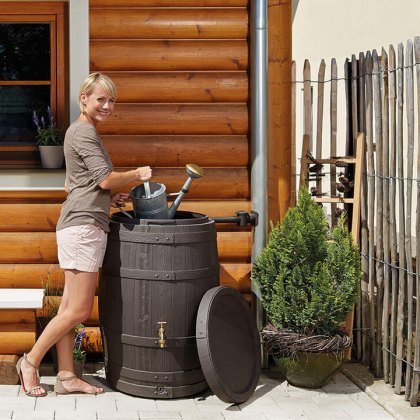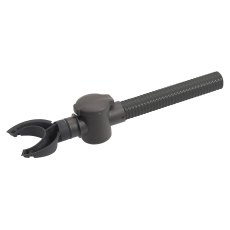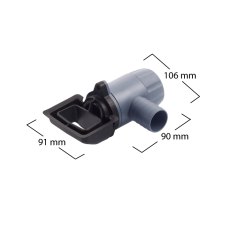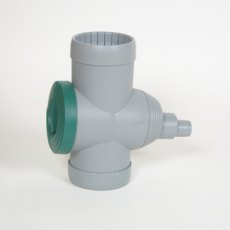How to Make the Most of Your Water Butt

Water butts are an excellent way to conserve water and reduce your environmental footprint. By collecting and storing rainwater, you can save money on your water bill and ensure you have a sustainable water supply for various household and garden uses. Here's a comprehensive guide on how to make the most of your water butt.
1. Choosing the Right Water Butt
Selecting the appropriate water butt is the first step in maximizing its benefits. Consider the following factors:
- Capacity: Choose a size that suits your needs. For a small garden, a 100-200 litre water butt might be sufficient, while larger gardens may require 500 litres or more.
- Material: Water butts are typically made from plastic, wood, or metal. Plastic is lightweight and durable, wood blends well with garden aesthetics, and metal is robust and long-lasting.
- Shape and Design: Ensure the water butt fits the available space and complements your garden's design.
Water Butts
2. Installing Your Water Butt
Proper installation is crucial for optimal performance:
- Location: Place your water butt near a downpipe to collect rainwater efficiently. Ensure it's on a level surface to prevent tipping.
- Base: Use a sturdy base to elevate the water butt, making it easier to fill watering cans and improving water pressure for hose attachments.
- Connections: Install a diverter kit to channel rainwater from the downpipe into the water butt. Ensure the overflow system is in place to handle excess water during heavy rainfall.
Water Butt Accessories
3. Maintaining Your Water Butt
Regular maintenance will keep your water butt in good condition:
- Cleaning: Clean the water butt and its components periodically to prevent algae growth and blockages. Use a mixture of water and vinegar or mild detergent.
- Winter Care: In colder months, insulate the water butt to prevent freezing or empty it if freezing temperatures are expected.
- Check for Leaks: Inspect the water butt and its fittings for leaks and repair them promptly to avoid water wastage.
4. Utilizing Collected Rainwater
Maximize the use of your stored rainwater in various ways:
- Garden Irrigation: Use rainwater to water plants, flowers, and lawns. It's free of chlorine and chemicals, making it ideal for gardening.
- Cleaning: Rainwater is perfect for cleaning garden tools, patios, and outdoor furniture.
- Composting: Keep your compost heap moist by adding rainwater, promoting faster decomposition.
5. Enhancing Water Efficiency
Implement additional strategies to improve water efficiency:
- Drip Irrigation: Connect a drip irrigation system to your water butt for slow and steady watering, minimizing water waste.
- Mulching: Apply mulch around plants to retain soil moisture, reducing the need for frequent watering.
- Rainwater Harvesting System: Integrate your water butt with a more extensive rainwater harvesting system to collect and store even more water for household use.
6. Troubleshooting Common Issues
Be prepared to address common water butt issues:
- Algae Growth: Reduce algae growth by keeping the water butt lid closed and placing it in a shaded area.
- Mosquitoes: Prevent mosquito breeding by ensuring the lid is secure and adding a mosquito dunk or a few drops of vegetable oil to the water surface.
- Blockages: Regularly check and clear the diverter and overflow systems to maintain efficient water flow.
By following these tips, you can make the most of your water butt, ensuring a reliable and eco-friendly water source for your home and garden. Embrace rainwater harvesting and contribute to a more sustainable future!

What is Rainwater Harvesting?
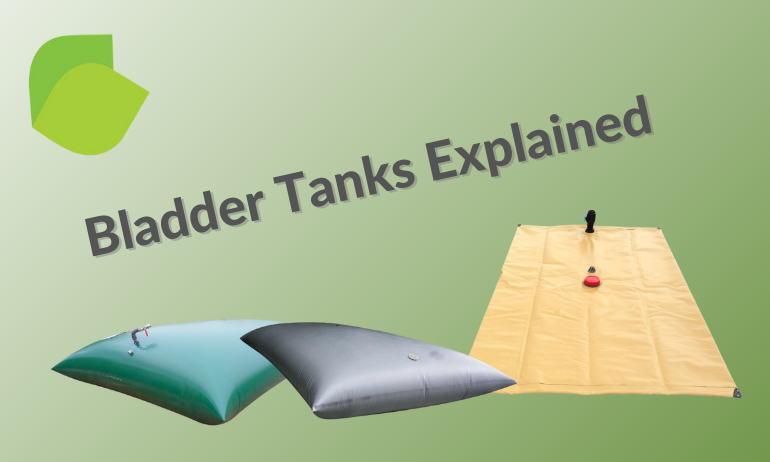
Bladder Tanks Explained

 Login
Login




